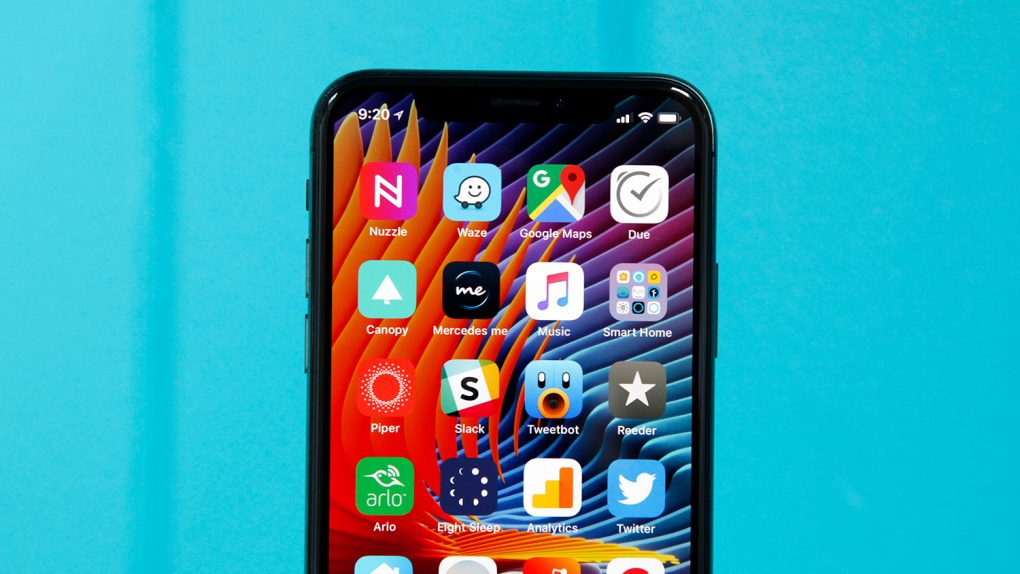Synaptics made an announcement yesterday that has tech blogs buzzing on Wednesday morning. The company said that an unspecified top-five smartphone OEM has begun mass production of its new Clear ID optical in-display fingerprint sensor. Using Synaptics’ new optical tech, this mysterious smartphone vendor will release a smartphone with a fingerprint scanner embedded beneath the phone’s display. The phone will presumably be released sometime in 2018 by Samsung, Huawei, Oppo, or Xiaomi, and could become the first mass-market handset to include an invisible fingerprint sensor, likely coupled with an all-screen design.
Qualcomm is another company that has previously announced in-display fingerprint scanners that will be ready for release in 2018. In fact, Qualcomm’s scanners will even work through thin metal, so they can be placed anywhere on a smartphone. But are these companies headed down the right path, or are they just deeply invested in technology that has already been surpassed?
The iPhone X is Apple’s first iPhone since 2013 that doesn’t have a Touch ID fingerprint sensor. Despite rumors to the contrary and published patent applications that prove Apple has researched in-display fingerprint sensor tech, Apple says it never intended to include a fingerprint scanner in the iPhone X. Face ID is the future, according to Apple, and the iPhone X ushers in that future.
Like Touch ID and fingerprint scanners on other smartphones, Face ID is used to unlock devices, open secure apps, and authenticate mobile payments. But according to Apple, Face ID is far more secure than any fingerprint authentication. Apple says there is a 1 in 1,000,000 chance of someone other than the device owner being able to authenticate Face ID. That compares to a 1 in 50,000 chance with the best fingerprint scanning technology on the market.
If Face ID is 20 times more secure than the best smartphone fingerprint sensors out there, why are Synaptics and Qualcomm still investing so heavily in fingerprint scanners?
There are a few reasons. First, the components needed to enable a system like Face ID are expensive. Face ID uses Apple’s TrueDepth system, which includes things like an infrared dot projector and a 3D-sensing infrared camera. The iPhone X starts at $1,000, and the added expense of Face ID is one reason for the hefty price tag.
In other words, solutions like Face ID are likely only feasible in ultra high-end flagship phones for the time being. Optical fingerprint sensors like Clear ID are also pricier than current sensors, but they’re believed to be far less expensive than a system like TrueDepth.
Another reason to stick with fingerprint scanners is convenience. Face ID is in its infancy right now, and many people are having problems with it. Even when it works perfectly, it’s still far slower than modern fingerprint sensors — and Apple is years ahead of the competition. If Apple’s rivals rush out more advanced facial recognition solutions like Face ID (which Samsung is rumored to be doing, possibly with the Galaxy Note 9), their systems will be vastly inferior to Face ID.
Ideally, the “perfect” smartphone would have advanced facial recognition like Face ID and an in-display fingerprint sensor like Synaptics’ Clear ID. There might even be an option to require both to authenticate payments or even unlock a device, for added security. But for the time being, Apple is the only company with a 3D facial recognition solution that is compact enough to fit in a smartphone. Apple’s rivals want all-screen devices and fingerprint scanners positioned on the back of a phone make for a subpar user experience. In-display fingerprint sensors are the best option for most smartphone makers right now, and they will continue to be for the next few years.








